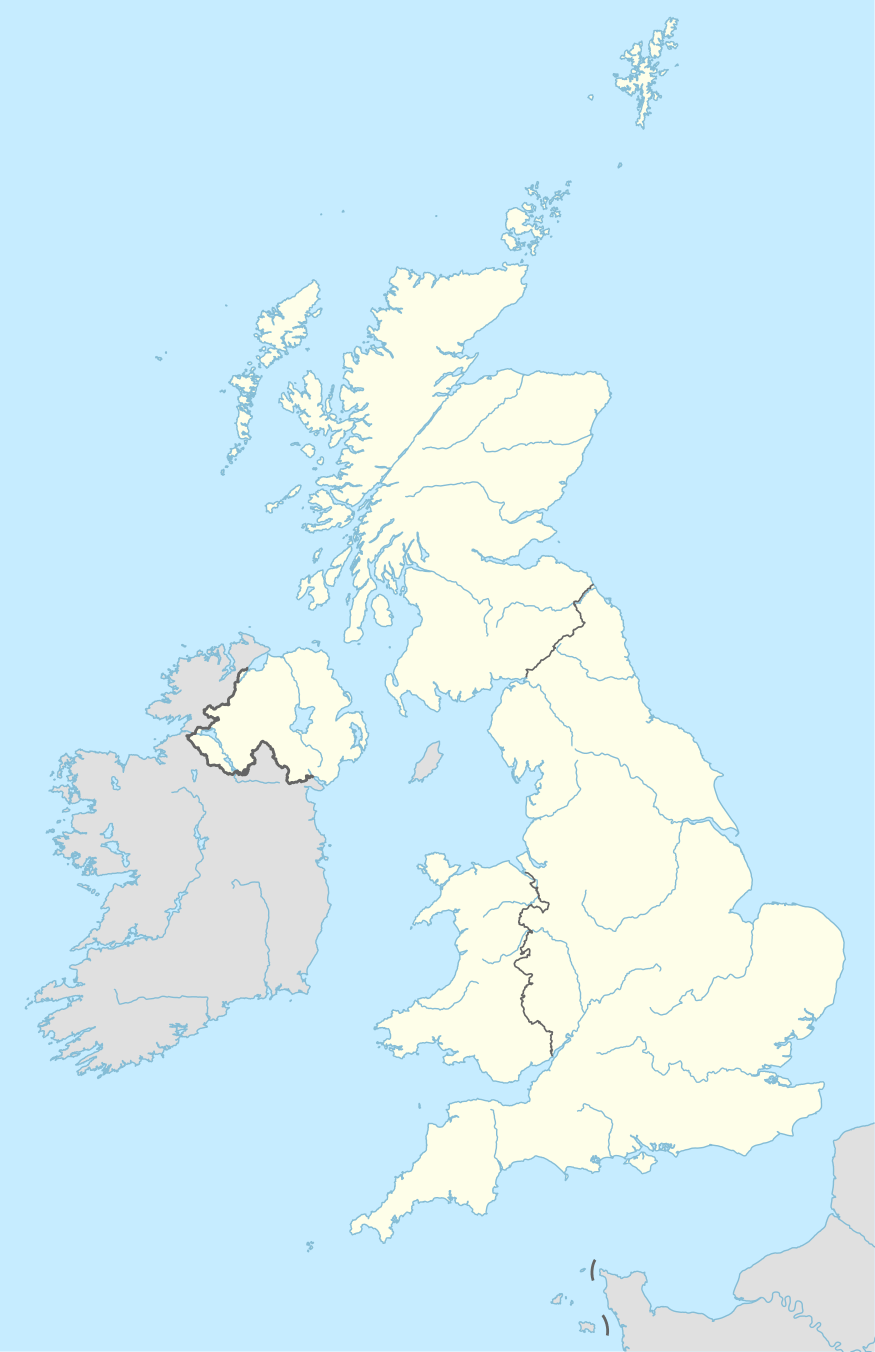IG postcode area
The IG postcode area, also known as the Ilford postcode area,[2] is a group of eleven postcode districts in England, within six post towns. These cover parts of east London and south-west Essex. Inward mail for the area is sorted, along with mail for the E and RM postcode areas, at the Romford Mail Centre.
| Ilford postcode area | |
|---|---|
 IG | |
| Postcode area | IG |
| Postcode area name | Ilford |
| Post towns | 6 |
| Postcode districts | 11 |
| Postcode sectors | 35 |
| Postcodes (live) | 6,039 |
| Postcodes (total) | 9,460 |
| Statistics as at February 2012[1] | |
The area served includes much of the London Borough of Redbridge, the western part of the London Borough of Barking and Dagenham and the southwestern part of the Epping Forest district of Essex, while the western part of IG8 covers a small part of the London Borough of Waltham Forest.
The area uses "IG" rather than "IL", as the latter could be misread as "LL" or "L1". It is sometimes said that the 'G' is used as it is the last letter in Barking, in the south of the area.
Coverage
The approximate coverage of the postcode districts:
| Postcode district | Post town | Coverage | Local authority area |
|---|---|---|---|
| IG1 | ILFORD | Ilford, Cranbrook, Loxford | Redbridge |
| IG2 | ILFORD | Gants Hill, Newbury Park, Aldborough Hatch | Redbridge |
| IG3 | ILFORD | Seven Kings, Goodmayes | Redbridge |
| IG4 | ILFORD | Redbridge | Redbridge |
| IG5 | ILFORD | Clayhall | Redbridge |
| IG6 | ILFORD | Barkingside, Fullwell Cross, Hainault (south), Fairlop | Redbridge |
| IG7 | CHIGWELL | Chigwell, Chigwell Row, Hainault (north) | Epping Forest, Redbridge |
| IG8 | WOODFORD GREEN | Woodford Green, Woodford Bridge, Highams Park (part) | Redbridge, Waltham Forest |
| IG9 | BUCKHURST HILL | Buckhurst Hill | Epping Forest |
| IG10 | LOUGHTON | Loughton, High Beach (part) | Epping Forest |
| IG11 | BARKING | Barking, Creekmouth | Barking and Dagenham |
Ilford, London E19
In 2005, a local businessman named Wilson Chowdhry led a campaign for Ilford's IG1 postcode to be changed to E19. Although Ilford has been part of London since 1965, it is not within the London post town. Chowdhry argued that the IG1 postcode confused customers, and that a London E postcode would help bring more business into Ilford. However, a Royal Mail spokesman said that the campaign had "virtually no hope" of succeeding, as postcodes are only changed for operational reasons.[3]
A similar plea had been raised in the 1970s by Greater London Council politician Serge Lourie, and similarly rejected. Ilford had been part of the original E division of the London postal district from 1857 until 1866.[4]
Map
References
- "ONS Postcode Directory Version Notes" (ZIP). National Statistics Postcode Products. Office for National Statistics. February 2012. Table 2. Retrieved 21 April 2012. Coordinates from mean of unit postcode points, "Code-Point Open". OS OpenData. Ordnance Survey. February 2012. Retrieved 21 April 2012.
- Royal Mail, Address Management Guide, (2004)
- Scrivens, Louise (5 April 2005). "The power of the postcode". BBC News. Retrieved 5 April 2005.
- Powell, W.R. (ed.) (1973). A History of the County of Essex: Volume 6. Victoria County History. pp. 163–174. Retrieved 14 December 2007.CS1 maint: extra text: authors list (link)
